

We will scan the photographs you send to us and convert them to Digital Images (JPEG). We offer two types of service for photograph scanning:
We will scan your photographs at 300dpi resolution (or 600 if you choose - but not usually necessary), and compile the JPEG images into one or more Folios (directories) depending on how they are grouped or organized. All scanned images will be in the proper orientation.
We will take the scanned images from the first stage and process them further. We will go through several additional steps to improve the appearance of the images:
In this way, you are not only preserving and protecting your photographic heritage - you are also restoring and refreshing many of those memories (see some examples below).
We will also make an effort to correct for instances of under- or over-exposure. When you select Premier service, you will receive two versions of each photo: the "Image Only" scan and the "Premier Service" post-processed version as well.
You can see the effects of these additional processing steps in these pairs of photos (used with the permission of the of the owner). In each pair, the photo on the left is the "as-scanned" image, the one on the right is the result of our Premier Service post-processing ($0.50/image for all photos in a batch):
[Back to Top]
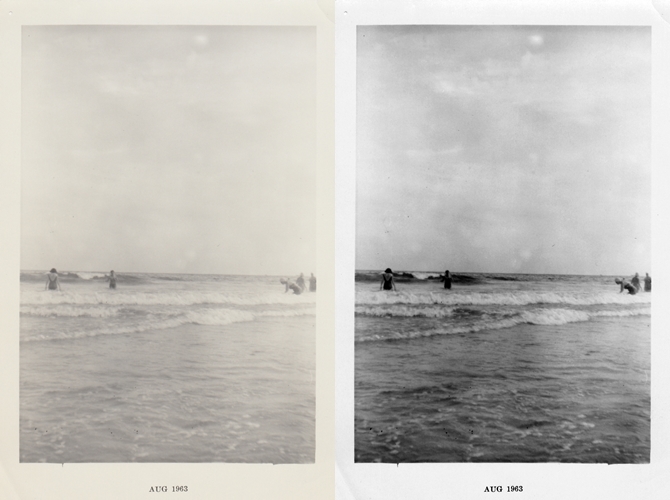

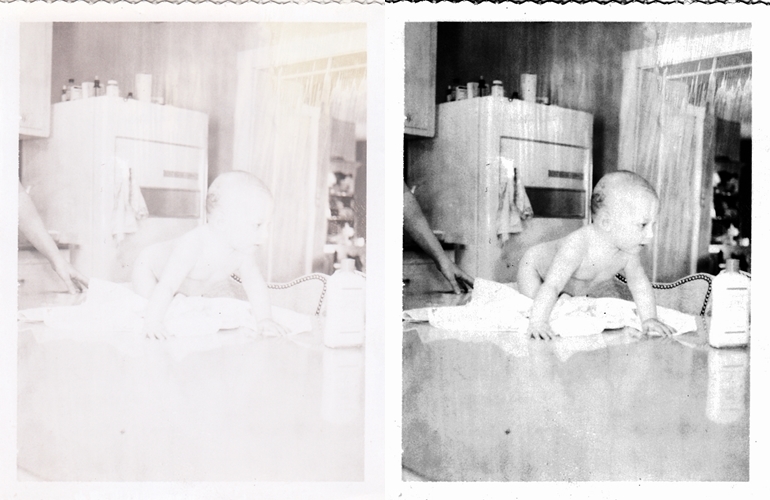
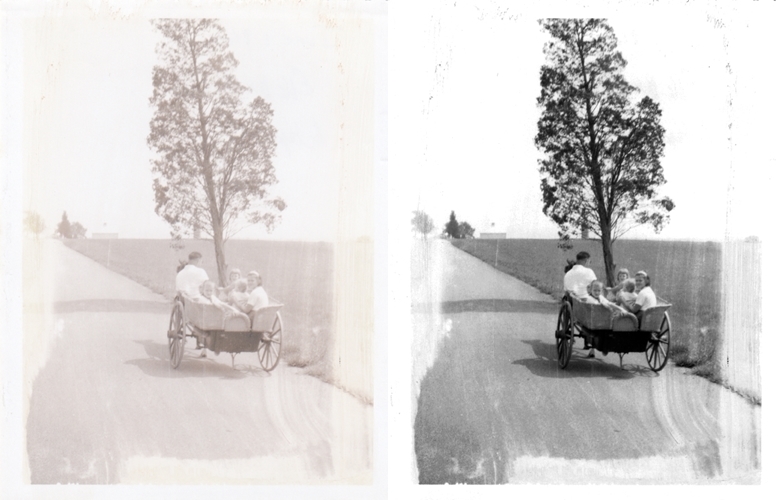
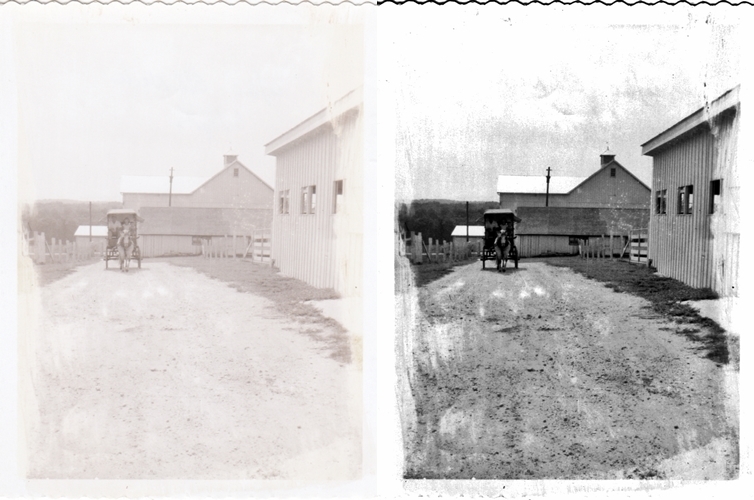



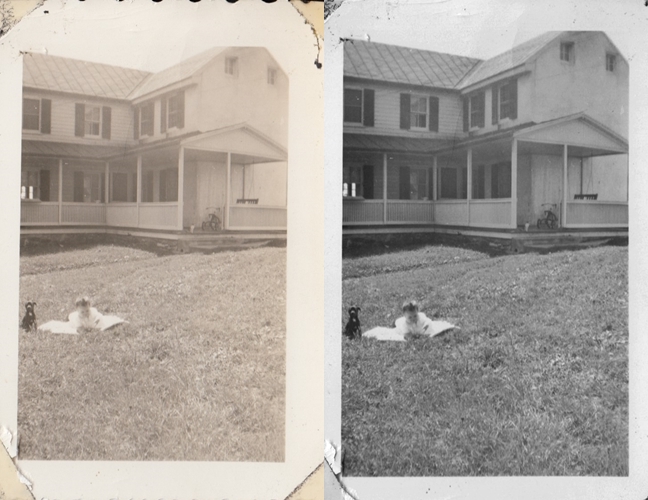


Many of your photos may be mounted in Photo Albums. If so, there are two options that you may choose from when having them scanned. The first option is to send the albums to us intact (recommended). We can then scan the albums page by page to produce a full digital copy of the original album, so that we preserve all of its information and character. The alternative is to remove the photos, and send them to us for Photo Scanning.
We recognize that photo albums are much more than just books full of pictures. A photo album is often a story book, containing not just photos but words as well. It contains and documents some of the stories that your family has experienced and lived through.
When it comes to preserving these important stories, we recommend taking a comprehensive approach to digitizing them. Our preferred technique is to digitize each album page, and then to extract the individual photos on that page as separate images. This approach then provides a complete digital archive of your album in which each page of the album is shown, followed immediately by the images of the individual photos that are on that page.
To help make this option as economical as possible, preserving the individual photos can be done at a reduced cost of $0.35/image,regardless of the image sizes. That low cost is from $0.15/image to $1.55/image less than the cost of scanning individual separate photos.
Of course, you can also opt to just have the album pages digitized, without the individual photos being preserved as separate images, if you wish. It is up to you to decide how much of the album's story you want to preserve.
The second option for preserving photos in albums, of course, is to simply (or not so simply!) remove the photos and send them to us individually. This, of course, does not preserve the character of the original album in any way.
If your photos are in albums consisting of plastic sleeves, where the photos are simply inserted into the pockets, you may want to have us remove the photos ($0.05/photo), scan them, and return them to you in envelopes labeled with the number of the Folio (directory) which holds those images. This allows you to save on return shipping costs, and save the storage space that those albums required.
Your processed files will be stored on the storage medium of your choice: DVD, Blu-ray, Thumb Drive (Flash Drive), M-Disc, or, for very large orders, an external hard drive. You may indicate your choice of media when you fill out the Order Form/Packing List that you will receive from us when we are ready to receive your order. You can also receive multiple copies of your files, if you wish.
[Back to Top]As a way of introducing you to our Service, we invite you to try our Photograph Scanning Service for FREE. We will scan up to four photographs 4" x 6" or smaller, or two 5" x 7" photographs, or one up to 8" x 10" absolutely free of charge. The resulting jpeg images will be sent to you via Dropbox, and your photographs will be sent back to you in a return envelope that you will provide to us.
To get your free scans, just fill out the Free Scan Request Form. We will reply with an email providing you with instructions on how to send us your photographs, along with a mailing label that you will need to use for your envelope. Please do not send us any materials without receiving this instructive email.
Of course, if you do not have any Photographs you would like to submit for free scans, you could choose to send us up to sixslides, or somenegatives,(up to eight).
| Photo Size | Res. (dpi)* | Cost / Image |
|---|---|---|
| up to 4 x 5 | 300 | $0.44 |
| 600 | $0.95 | |
| up to 5 x 7 | 300 | $0.59 |
| 600 | $1.30 | |
| up to 8 x 10 | 300 | $1.80 |
| 600 | $2.70 | |
| up to 11 x 16 | 300 | $3.00 |
| 600 | $5.00 | |
| Upgrade Photos (PS) | $0.50 | |
| Photo Albums** (Scanable) | 300 | $2.10/page |
| 600 | $3.50/page | |
| Photo Album Large Format** | $3.40/page |
Notes:
Premier Service is $0.45/image for all sizes.
* For most purposes, 300dpi is the best choice (see Photo page)
** For Photo Albums, scans of each individual photo in addition to the full page scan are available for $0.25/image, regardless of the photo size (same dpi). Premier Service for album page images is $0.45/page, for extracted images it is also $0.45 each.
| Photo Size | 1 - 2000 | 2001 - 5000 | 5001 - 10,000 | 10,001 - Up |
|---|---|---|---|---|
| up to 4 x 5 | $0.45 | $0.43 | $0.41 | $0.39 |
| up to 5 x 7 | $0.59 | $0.575 | $0.55 | $0.54 |
| up to 8 x 10 | $1.85 | $1.75 | $1.70 | $1.67 |
Please note that if you have both a negative and a photographic print of that negative, it is always best to send us the negative to be digitized. That insures that you will have all off the detail of the original picture in your digital file, without the losses that can occur when the negative image is processed to make a print. Many automatic photo processors apply automatic "corrections" to prints that are actually distortions of the original image. By scanning the negative, you will recover any detail that was lost due to a poor printing process.
[Back to Top]Large orders will be sectioned into file sub-directories of about 50 - 100 images, and all orders will include an Index image that contains thumbnail images of each picture, together with its file name. That way you can quickly search for a particular image, or easily review all of the images in the file. Of course, we will organize the images into specific categories of your choosing if you provide the necessary instructions.
Many people wonder which resolution they should choose when having photographs scanned. The resolution of a scan is specified in terms of the number of pixels, or "dots" measured along each inch of a scan line.
We scan photos at two different resolutions: 300 dpi (dots per inch) and 600 dpi. So - which one is best? The answer depends on what you want to do with the scanned photo, and how you plan to view it.
For almost all situations in which you just want to view the photo on a computer monitor, tablet, or even print it out, a resolution of 300 dpi is perfectly good. The only cases in which the higher resolution should be used is when the scanned photograph is going to be restored, or when you want to enlarge the photo to an extreme extent (or crop a small area of the photo and enlarge it greatly).
Here are a couple of examples to illustrate the difference in scanning resolution. The original photo (taken at the Doge's Palace in Venice) is a 4 x 6 color print from a 35mm negative. We have scanned it at both 300 dpi and 600 dpi:
Here is the 300 dpi image:
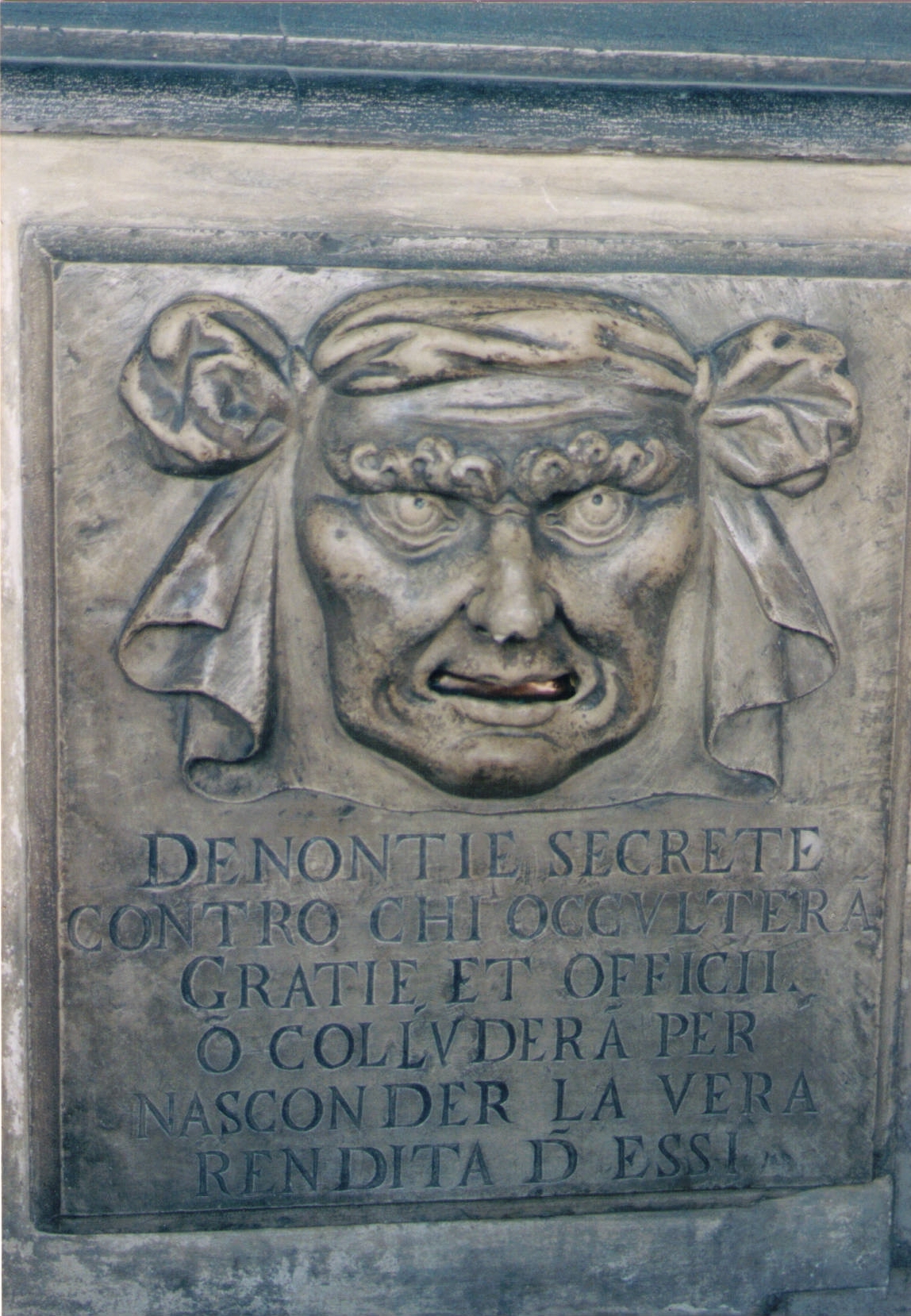
Here is the 600 dpi image:
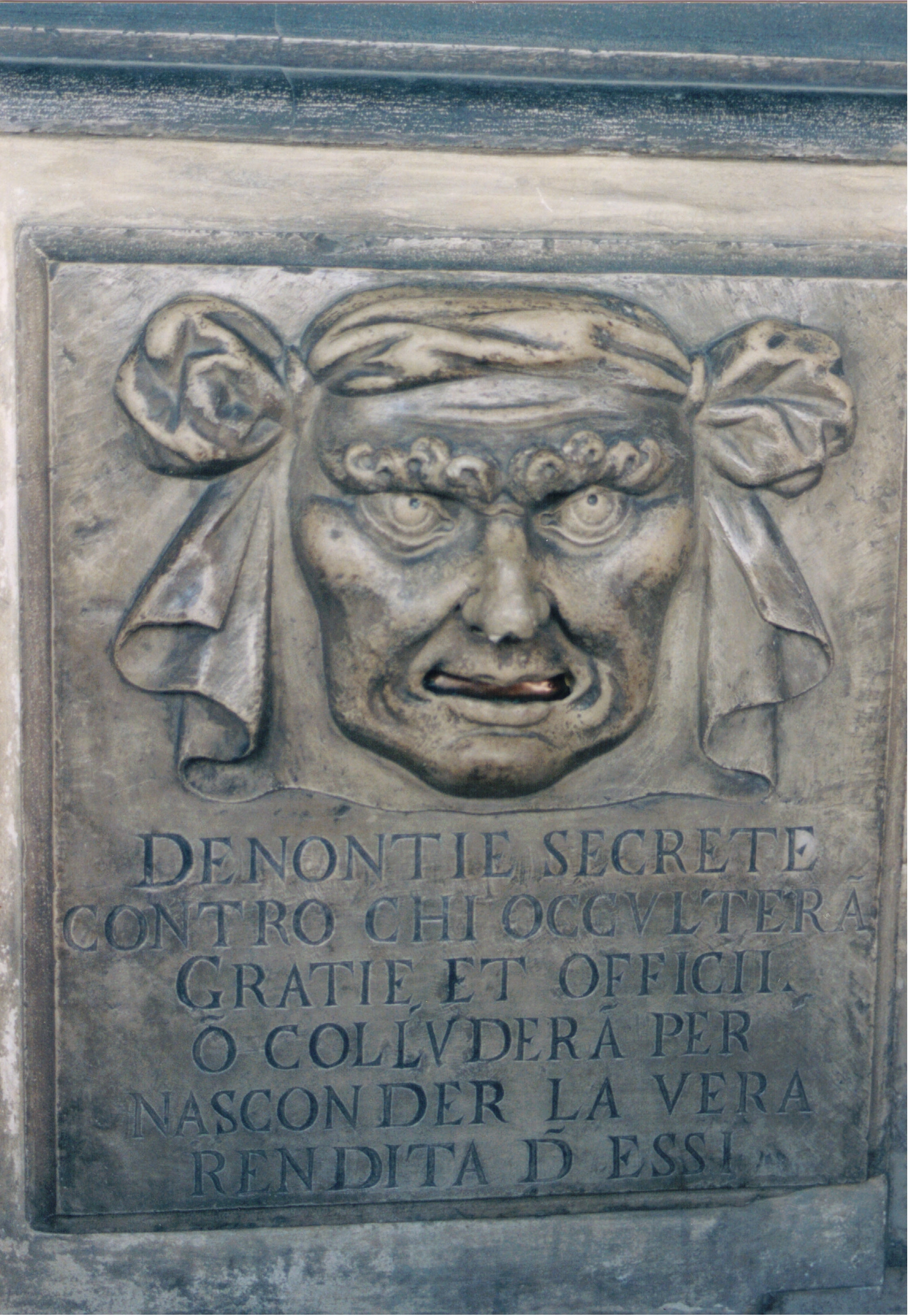
As you can see, the difference between the two scans is really not visible at normal viewing magnifications.
Now, here is a small area of the photo which has been enlarged:Here is the 300 dpi image:
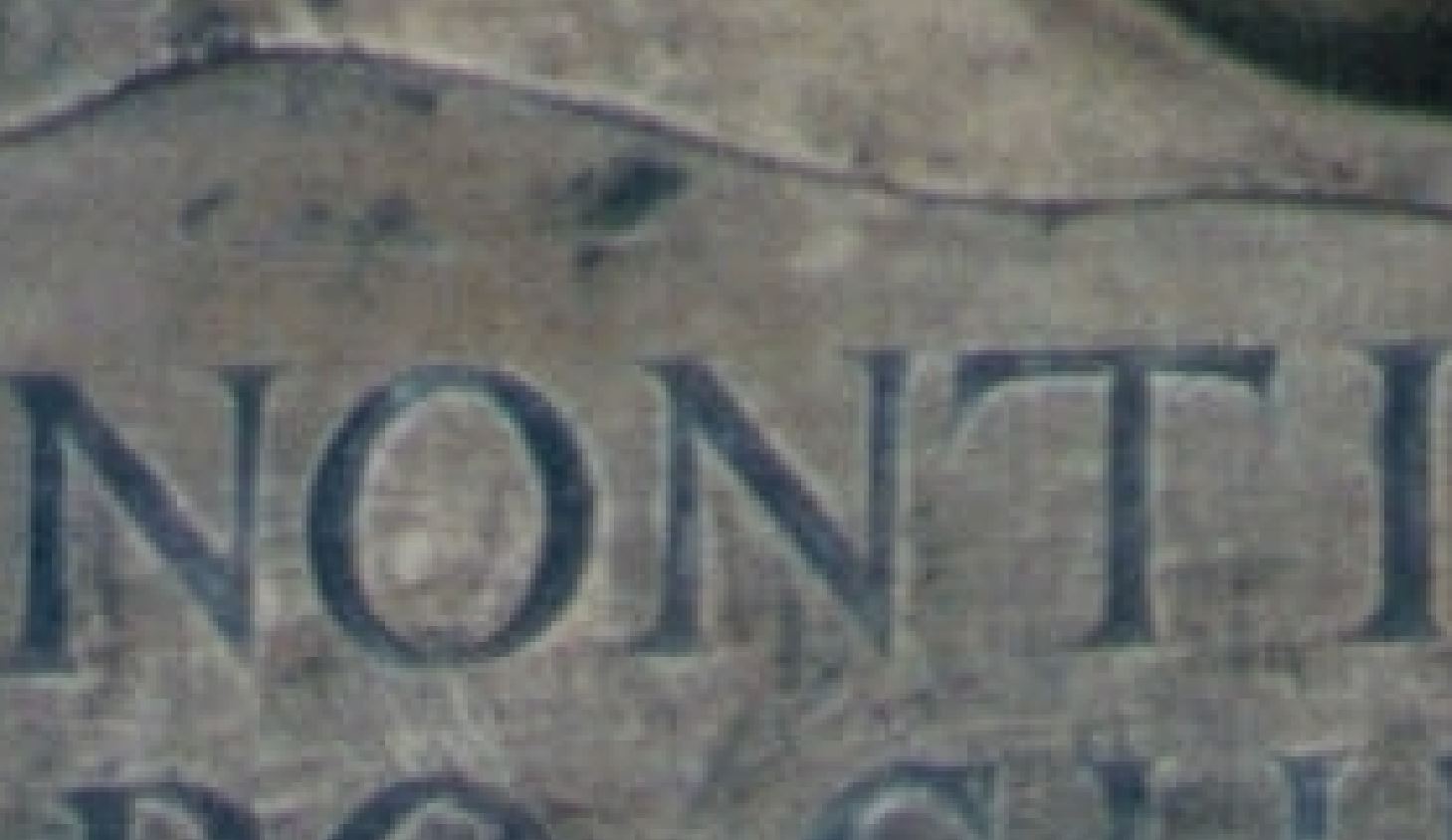
Here is the 600 dpi image:
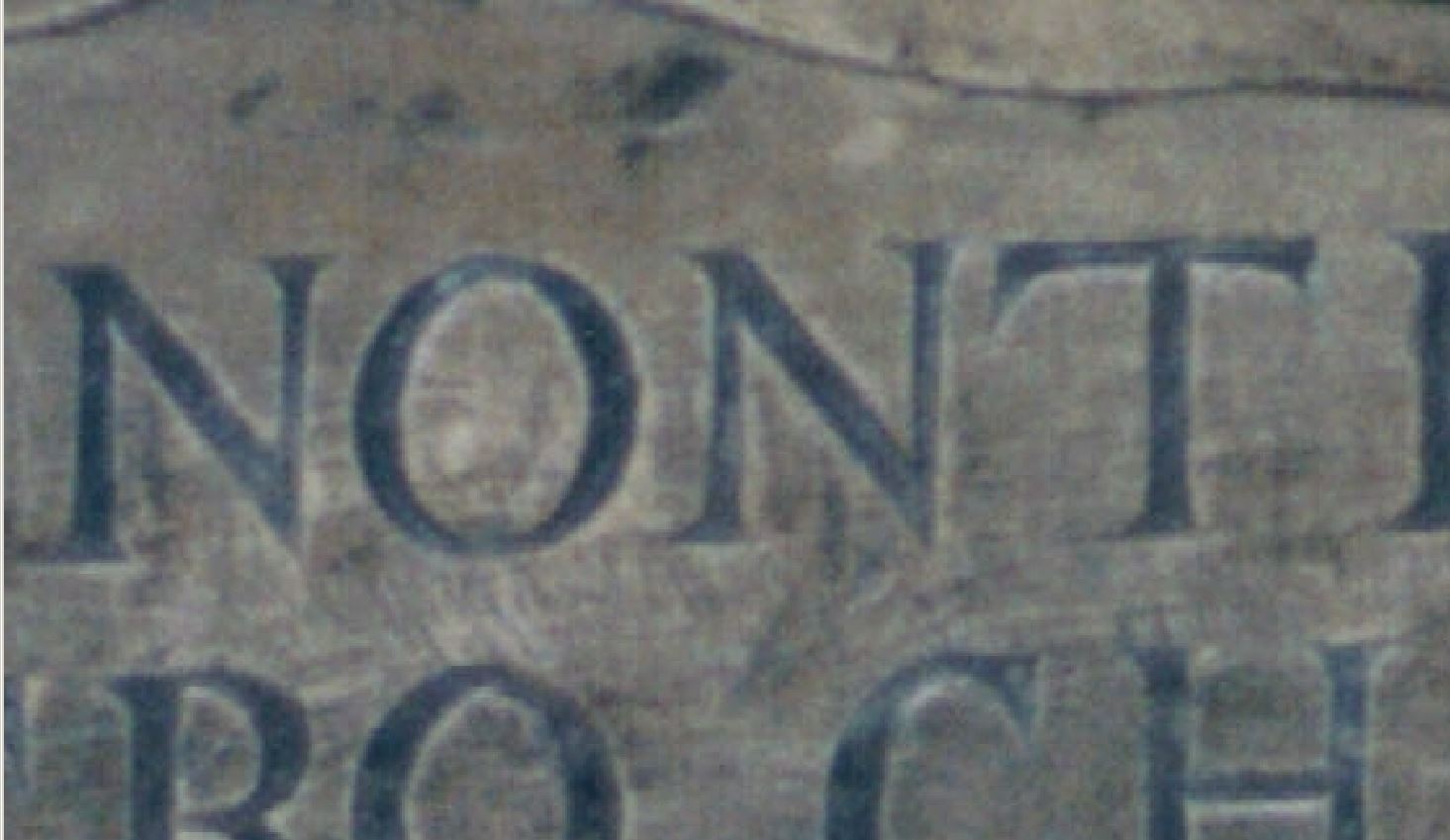
Still can't see much difference, unless you blow the images up to about 12" - 15" wide on a full-size monitor. The area shown in the close up images is about 1" wide on the original photo. Now, let's take one last look at an even higher magnification:
Here is the 300 dpi image:
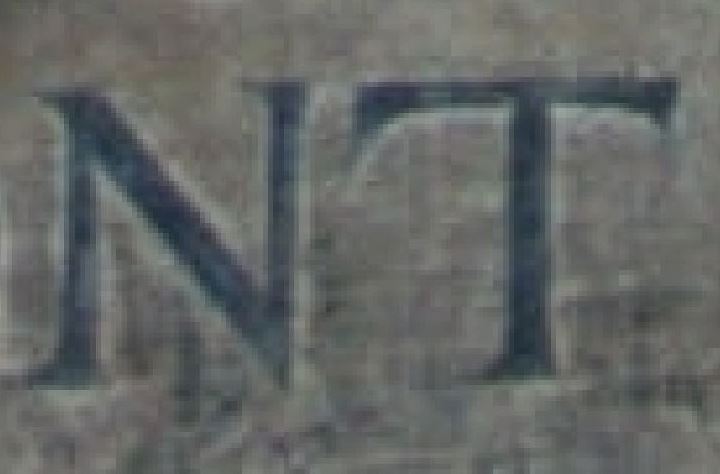
Here is the 600 dpi image:

Now, unless you are on a very small screen, you can begin to see a difference. At this magnification, the image scanned at 300 dpi begins to show pixelation - it starts to break up into little individual squares. These are the "pixels" which make up the image. Each pixel (or picture element) has a single value of intensity and color.
The actual size of this portion of the image measures about 0.42" on the original photograph - so if you are seeing the image at a width of 4", for example, you are looking at a magnification of 10x.
So that tells us that if you want to take a 4" x 6"" photograph and blow it up to a 40" x 60" poster, you should scan it at 600 dpi - but for anything less extreme, a resolution of 300 dpi will be perfectly adequate.
There is, however, one exception to this general rule: if a photo is being scanned for the purposes of restoration or retouching, then it is important that it be scanned at the highest resoultion available.
